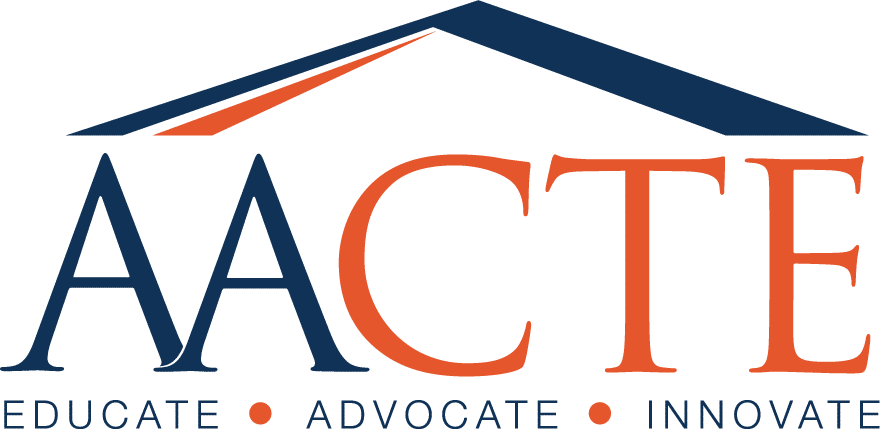Navigating an Unpredictable Pandemic
 In early spring, when the coronavirus (COVID-19) shut the doors to classrooms, there was an optimistic belief that by fall the obstacles of the pandemic would disappear and in-class instruction would return to normal. However, as states began to lift emergency orders and school districts prepared to reopen schools, it became evident that education leaders would still be grappling with the unpredictable public health crisis this fall.
In early spring, when the coronavirus (COVID-19) shut the doors to classrooms, there was an optimistic belief that by fall the obstacles of the pandemic would disappear and in-class instruction would return to normal. However, as states began to lift emergency orders and school districts prepared to reopen schools, it became evident that education leaders would still be grappling with the unpredictable public health crisis this fall.
With COVID-19 spreading more rapidly in some regions of the United States, each state must assess whether they can safely open schools. Recently, some school districts that deemed it safe to reopen have reverted to remote learning when students and/or teachers have tested positive for the coronavirus. Certainly, navigating the current crisis is complicated, and it is having a profound effect on educator preparation programs (EPPs).
Due to PK-12 school closures in the spring, many teacher candidates were unable to complete their clinical and field experiences in a classroom setting—typically a prerequisite for licensure. Acknowledging that a lack of new teachers entering the field would adversely impact the current teacher shortage crisis, EPPs responded with alternative learning opportunities to ensure that teacher candidates are prepared and competent to enter their own classrooms. As a result, many states have implemented emergency policy changes to licensure, thus enabling recent graduates to teach this fall.
Managing the pandemic through innovative improvement
To guide state leaders as they continue to develop solutions for the short- and long-term effects of the pandemic, AACTE investigated and analyzed COVID-related state guidance to EPPs. Through this research—and with an eye toward maintaining high expectations for quality teaching—AACTE released a set of recommendations included in the recent report, Teaching in the Time of COVID-19: State Recommendations for Educator Preparation Programs and New Teachers. The three goals of the report include: (1) understanding what states are doing to help prepare teachers for the classroom during this crisis; (2) identifying any extant trends in state guidance and (3); developing recommendations for state leaders to enhance the support of new teachers impacted by program and policy disturbances stemming from the coronavirus crisis. Trends that emerged from the analysis led to the development of 10 recommendations:
- In making licensure and certification waivers for teachers, states should make changes that are directly necessary because of the pandemic, temporary with a timeline for an ending that is clearly delineated, and transparent in that those who are granted certification as a result of waived requirements must be so classified, (e.g., “waiver-certification”).
- States should seek innovative opportunities to address ongoing challenges—such as lack of diversity in the profession and the need to modernize the processes of licensure and certification—as they consider licensure and certification revisions.
- Ensure candidates continue gaining experience teaching in a clinical setting with a mentor teacher, university supervisor, and continuous feedback.
- Encourage flexibility and collaboration between EPPs and school districts that ensure teacher candidates participate in clinical experiences online or in distance settings if PK-12 schools are not physically back in brick and mortar buildings.
- Encourage innovative approaches to clinical experiences including distributed learning models that employ team teaching in PK-12 settings, simulated classroom environments that allow candidates to approximate teaching, and financially supporting candidates through employment with the local school.
- Assess the needs of new teachers impacted by COVID-19 and identify areas for additional support.
- Require an induction action plan for new teachers describing the activities that must be completed or acquired for successful induction.
- Establish a mentorship program to equip new teachers with strategies to deliver high-quality instruction to diverse learners.
- Implement co-teaching for new teachers whose clinical experiences were fully or partially waived, and teachers who have not passed exams for licensure and certification due to COVID-19.
- Partner with EPPs to provide professional development to ensure that new teachers possess the knowledge, skills, and dispositions to teach diverse students.
As an additional resource, AACTE developed the interactive map, State Actions to Support EPPs and Teacher Candidates During COVID-19, which highlights changes to state policies and practices in four categories: (1) initial licensure and certification, (2) clinical experiences, (3) hiring and induction, and (4) state standards and other program requirements. The information and data sources on this map are updated regularly, when new guidance and directives are issued.
Moving forward
Teaching in the time of COVID-19 has many challenges, prompting states and EPPs to respond to urgent needs in the field. As a community of teacher educators, we have faced the obstacles head-on. However, despite the pandemic, we must continue to explore and implement new and innovative opportunities for learning—for our PK-12 students and those current and future educators who play a vital role in the lives of their students. With the support of states, school districts, educators, and students, we have the ability to reimagine education during this time and build a stronger and more equitable system for all learners. Remember, we are all in this together, and together we can make a difference even during this challenging time.
Tags: accreditation, clinical preparation, Lynn M. Gangone, state policy, thought leadership






